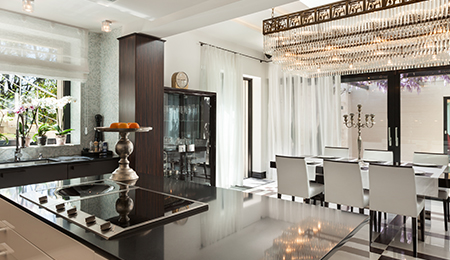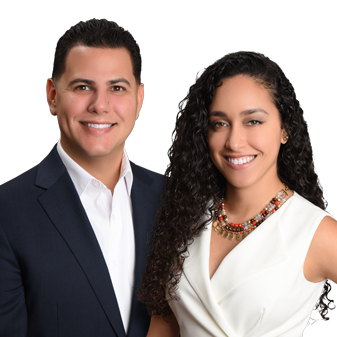New restrictions could make buying a second home much more costly.
Interest rates and fees on investment properties and vacation homes have been skyrocketing, and there are a few reasons why. On March 10, Fannie Mae placed tighter restrictions on the number of second home/investment property mortgages that lenders can buy.
Fannie Mae is one of the big banks that purchases loans after they close. In the past, around 14% of Fannie Mae loans were allowed to be used for second homes and investment properties. Due to the aforementioned restrictions, that percentage has been slashed in half to around 7%.
Many lenders depend on Fannie Mae or Freddie Mac when selling their loans, so these rules are putting a lot of strain on mortgage companies. After the 7% cap is reached, these banks won’t be able to purchase any more loans. This also puts more risk on the lenders, as they could be stuck with loans that nobody wants to buy. However, they’re avoiding it by shifting the risk to buyers through higher loan costs.
It’s been reported that PennyMac, one of the largest loan servicing companies for these types of loans, has already added an additional 2.25% charge on loans for non-primary resident applicants. In other words, it costs more to get a mortgage on second homes or investment properties. This also includes people with down payments of 25% or more, and those who pay less face an additional 5% cost. For example, if you wanted to borrow $300,000 for an investment property and put 20% down, you could face an additional $15,000 charge or a higher rate to compensate for the fee.
Though criteria like credit score, debt-to-income ratio, and cash reserves aren’t affected, it’d still be wise to save up additional money for the down payment on a second home. This can help cover fees and rates that are likely to be much higher on loans that have less than 20% to 25% down.
These new rules may also encourage lenders to be even more selective when it comes to working with buyers. Even if you are selected, you can still expect to pay a higher rate—even when you’re in good financial shape—when buying a second home. The window of opportunity may be closing, but you can lower costs by increasing your credit score, paying debt, and saving up a sizable down payment. The strength of your application will matter more than ever, so these factors also help in this regard.
If you have any questions or would like to know what this means for you, feel free to reach out to us. We look forward to hearing from you soon.



